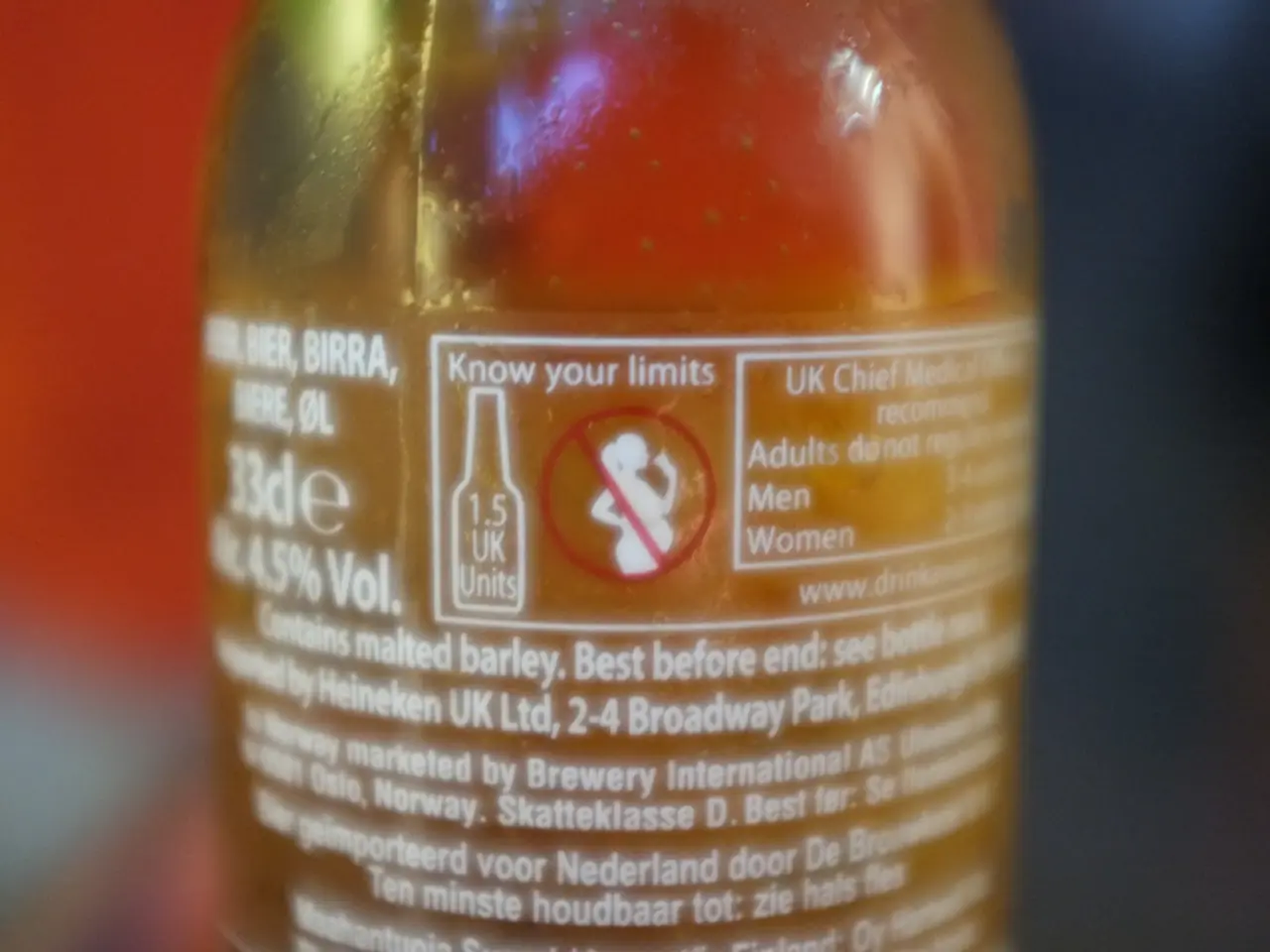General Motors affirmates use of LFP batteries, signifying a transition in electric vehicle strategy.
A significant shift in the electric vehicle (EV) industry is underway, with major players such as General Motors (GM), Tesla, and Ford investing heavily in lithium iron phosphate (LFP) battery technology.
Leading the charge is General Motors, which has announced plans to upgrade its Ultium Cells battery plant in Spring Hill, Tennessee. The facility, a joint venture with battery maker LG Energy Solution, will begin producing low-cost LFP battery cells from late 2027, following a $2.3 billion investment to transform the site into a key hub for EV battery production.
GM's focus on LFP technology aims to significantly reduce battery pack costs compared to the high-nickel chemistries currently dominant in the market, enhancing affordability and increasing consumer EV choices. The Tennessee expansion is expected to create several hundred new jobs at the plant, which currently employs 1,300 people.
While Tesla has historically favoured nickel-based chemistries for their higher energy density, it has increasingly incorporated LFP batteries, particularly for its standard-range vehicles. Tesla sources LFP cells primarily for models produced in China and increasingly in North America to reduce reliance on costly raw materials and stabilize battery supply chains.
Ford has also shown interest in LFP chemistry, particularly for standard-range electric vehicles to help meet price targets and improve supply chain resilience. However, GM's recent announcements highlight a more aggressive domestic ramp-up compared to Ford's publicly reported plans so far in 2025.
The move by General Motors is a significant step in the automaker's evolving battery-electric-vehicle strategy. By producing LFP batteries at the Ultium Cells plant in Spring Hill, GM supports its sustainability goals due to the avoidance of cobalt and nickel, which have high environmental and ethical concerns in their sourcing.
The addition of LFP cells to the plant is part of GM's strategy to diversify its battery chemistry portfolio and produce more affordable, durable, and sustainable battery-electric vehicles (BEVs) for the mass market. While LFP batteries have long dominated China's BEV market, North American automakers have only recently begun to invest in this chemistry domestically.
Kurt Kelty, vice president of batteries, propulsion and sustainability at GM, predicts substantial cost benefits with the implementation of LFP, stating that the price on a Silverado BEV could be dropped by approximately $6,000. Initially, the LFP batteries will power select Chevrolet and Cadillac models, with plans to expand across more vehicles in GM's current and future BEV lineup.
The shift towards LFP batteries is central to lowering battery costs, driving EV affordability, and expanding the market in the competitively evolving U.S. EV industry. The trend aligns with global efforts to reduce carbon emissions and transition towards sustainable energy solutions.
Sources: [1] General Motors. (2022). Ultium Cells. Retrieved from https://www.gm.com/electric-vehicles/ultium-cells [2] General Motors. (2021). General Motors to invest $2.3 billion in Tennessee manufacturing facility to accelerate EV battery production. Retrieved from https://www.gm.com/news/press-releases/2021/10/general-motors-to-invest-23-billion-in-tennessee-manufacturing-facility-to-accelerate-ev-battery-production [3] General Motors. (2021). General Motors announces new electric vehicle lineup and $35 billion investment in EV and AV technology. Retrieved from https://www.gm.com/news/press-releases/2021/11/general-motors-announces-new-electric-vehicle-lineup-and-35-billion-investment-in-ev-and-av-technology [4] General Motors. (2022). General Motors to invest $7 billion in U.S. manufacturing. Retrieved from https://www.gm.com/news/press-releases/2022/01/general-motors-to-invest-7-billion-in-u-s-manufacturing
- The significant shift in the EV industry, as exemplified by General Motors (GM)'s investment in LFP battery technology, will impact various sectors, including finance, as lower battery costs boost affordability and increase consumer choices.
- As part of its strategy to produce more affordable, durable, and sustainable battery-electric vehicles (BEVs), GM plans to produce LFP batteries at its Ultium Cells plant in Tennessee, which could reduce the price of a Silverado BEV by approximately $6,000.
- Technology firms are also involved in this change, as advances in LFP battery technology help reduce the reliance on costly raw materials like cobalt and nickel, thereby supporting automakers' sustainability goals.
- The trend towards electric vehicles (EVs) and LFP battery technology is not just limited to the automotive industry, but extends to transportation and lifestyle, as they align with global efforts to reduce carbon emissions and transition towards sustainable energy solutions.




